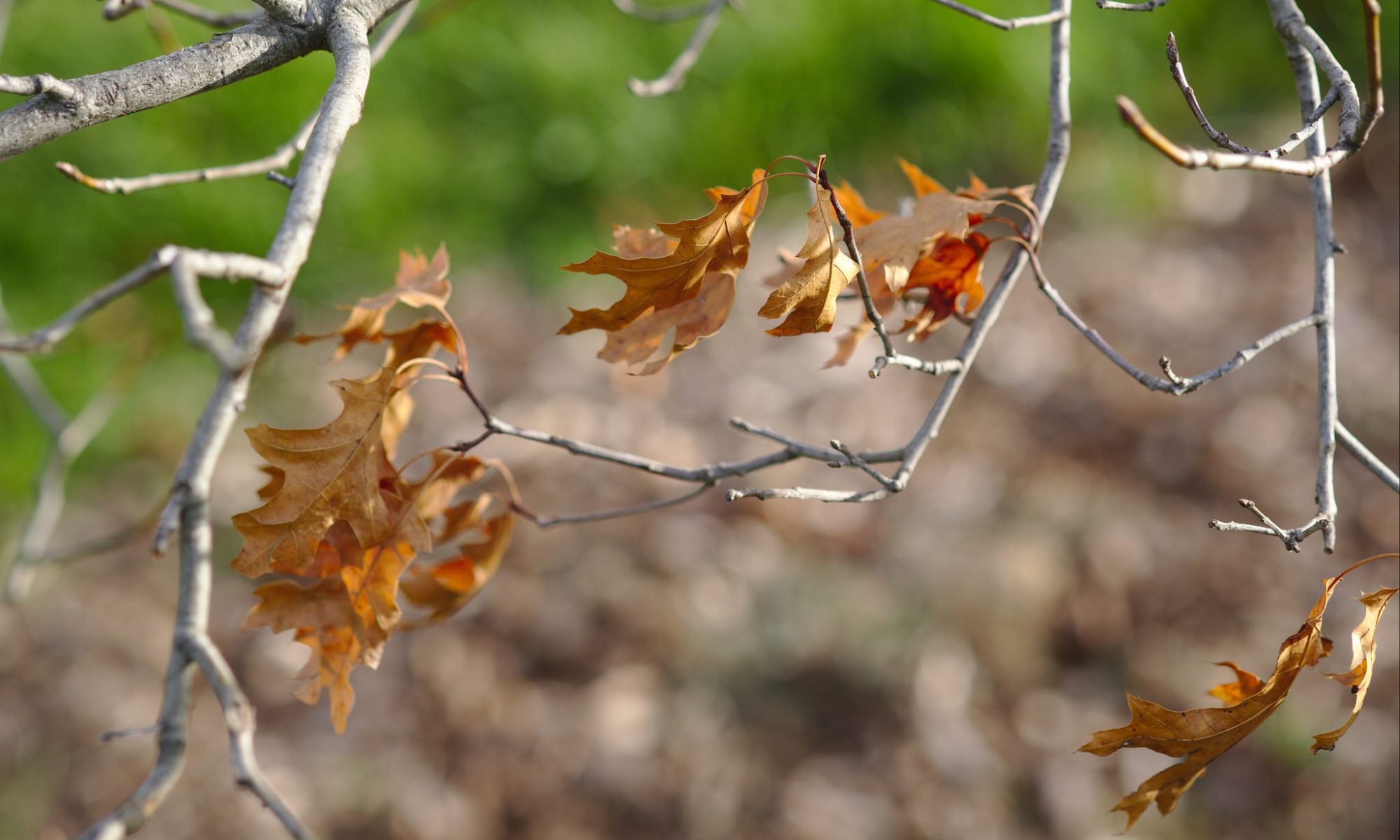This article originally appeared on Geek Feminism.
Per Meli in comments, with the announcement of the Nobel Prize in Chemistry for this year another women laureate has been named: Ada Yonath, with Venkatraman Ramakrishnan and Thomas Steitz, “for studies of the structure and function of the ribosome”. I didn’t know that the announcements were staggered, my apologises for implying that Elizabeth Blackburn and Carol Greider were the only women laureates. Thanks for the update Meli.
Women in Science has a profile of Yonath, here’s an excerpt:
After receiving her bachelor’s degree in chemistry and master’s degree in biochemistry from the Hebrew University of Jerusalem, she entered the laboratory of Wolfie Traub at the Weizmann Institute of Science in Rehovot, Israel. She earned her Ph.D. for X-ray crystallographic studies of collagen in 1968. After brief postdocs at Carnegie Mellon and MIT, she returned to the Weizmann Institute to establish the country’s first protein crystallography laboratory in Israel.
Despite her expertise in X-ray crystallography, many scientists were skeptical that the technique could be used to determine ribosome structure, only they apparently didn’t express it quite so tactfully.
[…] she was able to count on the support of “a few individuals, including several distinguished scientists and my own group of young and highly motivated students. They encouraged me even when my project met with rigorous skepticism from most prominent scientists all over the world, even when I was called ‘a dreamer,’ ‘crazy’ or the ‘Village Fool.'”
Even her initial successes weren’t immediately recognized by her colleagues:
[…] with the techniques then available, it took Yonath months of trying different solutions and crystallization procedures to get tiny crystals of the larger, or 50S, subunit of the ribosome from a Bacillus bacterium, and more than a year to get the first very fuzzy x-ray crystallographic images. But when she showed colleagues her results at an August 1980 meeting, “everyone laughed at me,” Yonath recalls.
